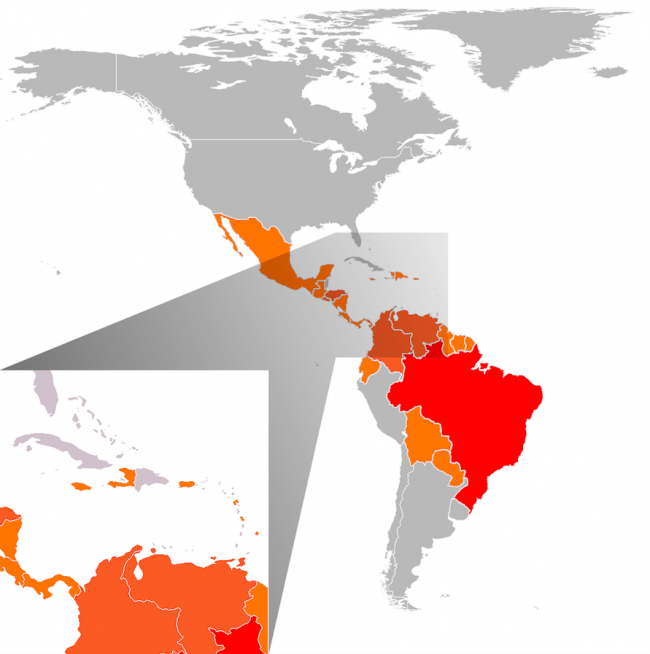Health for the People, by the People
With the Zika virus spreading rapidly in Brazil and beyond, new methods for personal protection, diagnostics, surveillance and mosquito control are urgently needed. It’s great to see an open innovation response to this problem; USAID’s $30m Grand Challenge for Development, ‘Combating Zika and Future Threats’.
There is an increasing number of such challenges for public health innovation and it’s interesting to speculate why. For the past 70 years, drug discovery and the development of other public health interventions have been the prerogative of corporate or Government-funded R&D. So why are these processes opening up now?

Here is a list of possible influences:
- The profit motive: Corporate R&D in, for example, antibiotics is declining. The task of beating bacterial resistance is becoming harder and business model of offering drugs for chronic conditions is arguably more attractive. Are Governments taking up the slack?
- The need for speed: Traditional drug discovery and testing can take decades. Open innovation offers the prospect of finding short-cuts.
- Lateral solutions: A crowdsourced solution to a health problem can be more unexpected. For Zika, a drug company might focus on combating the virus. An open innovation challenge might unearth a new insecticide, method of application or a behavioral change that could limit the spread of the disease.
- Global response: The more connected the world is the more we are at risk from contagious disease. Global epidemics need global solutions. Open innovation shows us that great ideas can come from anywhere so why limit the scope of the search?
100%Open is exploring such issues in a new collaboration with Nesta that is designed to promote open innovation in the healthcare system in São Paulo, Brazil. The project, sponsored by the UK’s Prosperity Fund, aims to learn more about how open innovation in healthcare can be promoted at a system level, generating insights that are useful not only for São Paulo but societies around the world. We will be looking at how different models of open innovation can help. For example could crowdsourcing with patients and professionals find ways to lower the cost of effective healthcare? Can technology transfer from universities be speeded up with new business models? Could better private sector partnerships pool resources and increase efficiency?
First we will conduct a global research review to find out what is working and why. Then, excitingly, we will design a pilot study with local partners the Adolfo Lutz Research Institute. Finally, we’re going to create a guide on how to support open innovation in healthcare.
In the spirit of openness, we’re going to be blogging and sharing updates throughout the project, so please check back here regularly. We have also created a Google doc where you can share models of open innovation in healthcare that you have seen around the world.
David Simoes-Brown, Madeleine Gabriel (Nesta) and Tom Saunders (Nesta).